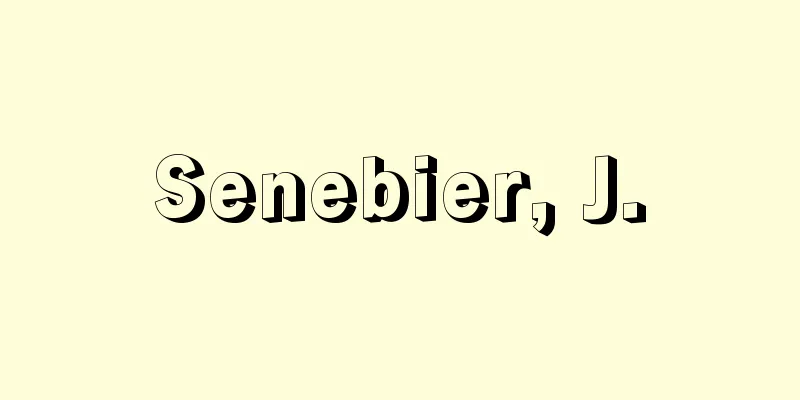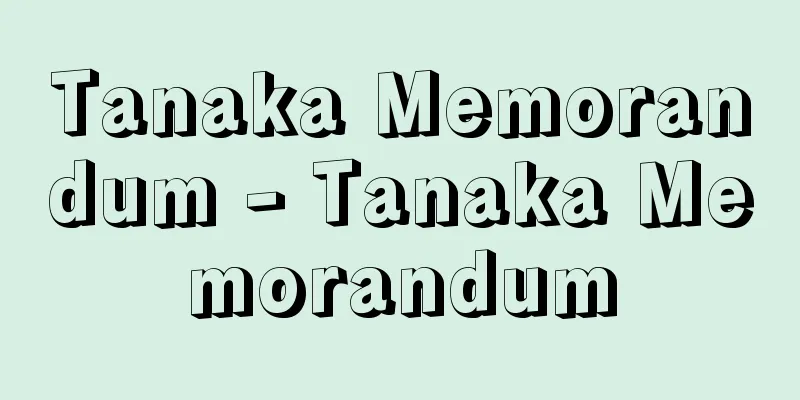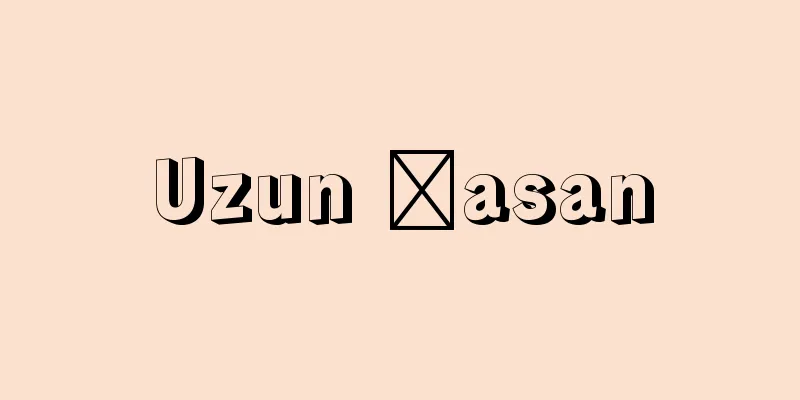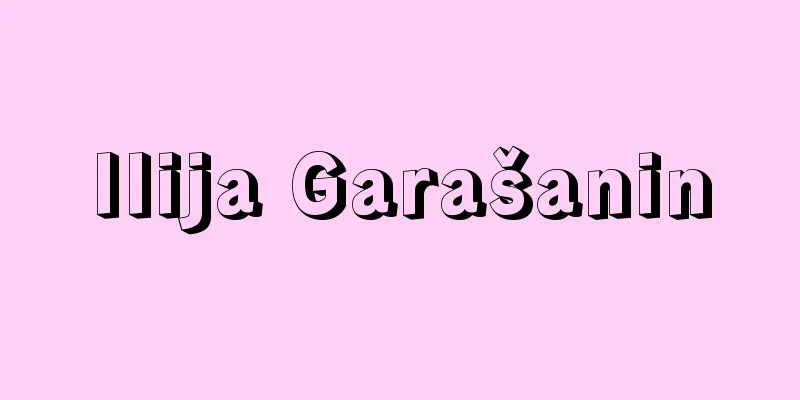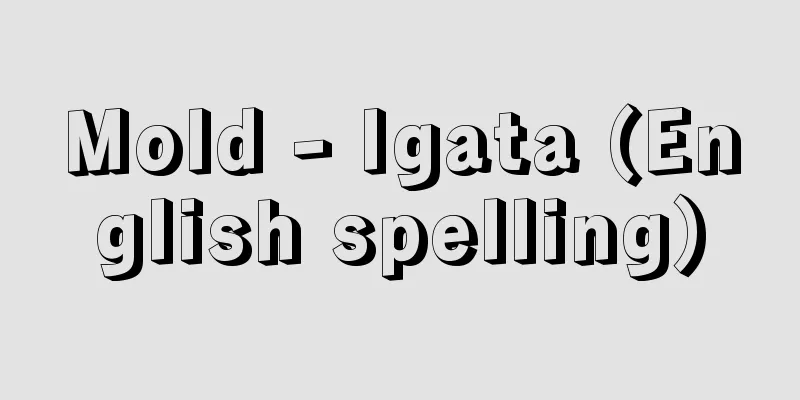Celtic art
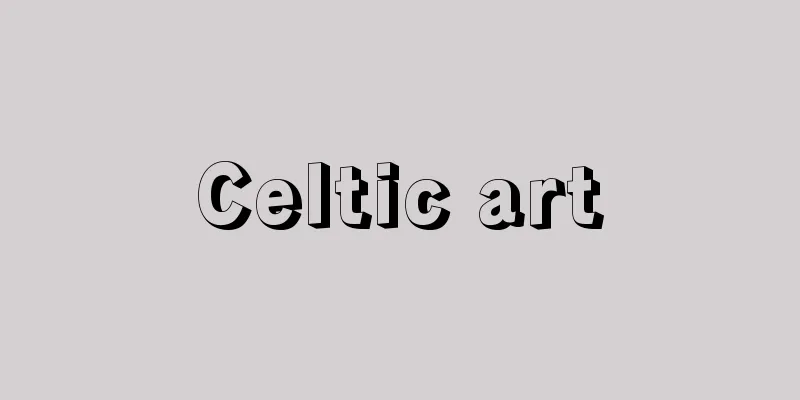
|
Celtic art from the 6th century BC to the 3rd century AD. Celtic art is roughly divided into the La Tène period (6th century BC to 1st century AD) and the Gallo-Roman period. There were no large buildings during the La Tène period, and few statues or paintings remain, but rather there are many excellent crafts and jewelry. At first, they produced many objects with symmetrical patterns and shapes, but they also imported Etruscan and Greek pottery and metalware, and their influence can be seen in their granulated metalwork, embossed figures, and animal processions. However, soon the symmetrical form broke down in the patterns and details, and S-shaped flowing lines and spiral patterns came to be used, and the unique style of the Celts became more pronounced. They were also influenced by nomads from Central Asia and southern Russia, and adopted a horse-riding culture, adopting Scythian-style animal patterns and horse equipment. From about 400 BCE, the Celts migrated throughout Europe, Asia Minor, and the Slavic world, and were once again strongly influenced by Greece and Rome. In southern Europe, in particular, excavations have revealed direct Roman influence in architecture and sculpture. During the Gallo-Roman period, the Celts were thoroughly conquered by Caesar and Augustus, and were almost entirely Romanized. However, their traditions were passed down to the art of the Celts in Britain and the Vikings in Scandinavia. For example, the Celts adopted riding trousers and vests after the invasion of the Xiongnu, and, together with the ancient cloak and the pin that fastened it, they have remained a long-standing tradition in European culture to this day. Representative examples of Celtic art include the head of a stone male statue excavated in Novecitraciec, Bohemia, silver cauldrons decorated with human and animal reliefs excavated in Jutland, Denmark, a bronze statue of a Celtic noblewoman excavated in Byx, France, a bronze vase with warrior procession motifs, a bronze animal-design urn excavated in the Bern region of Switzerland, and a mirror with an S-shaped decorative pattern excavated in Manchester, England. Many of these are kept in historical and archaeological museums throughout central and northern Europe. (→Irish Art) Source: Encyclopaedia Britannica Concise Encyclopedia About Encyclopaedia Britannica Concise Encyclopedia Information |
|
前6世紀頃から後3世紀頃までのケルト人の美術。ケルト美術はおよそ,ラ・テーヌ期 (前6世紀~後1世紀) とガリア・ローマ時代に分けられる。ラ・テーヌ期には大建造物はなく,彫像や絵画にも遺例が少く,むしろ工芸品や宝飾品にすぐれたものが多い。初めは左右相称の文様や形態をもつものを多く制作していたが,エトルリアやギリシアの陶器,金属器なども輸入して,粒金細工や打出し人物・動物行列文の金工などによくその影響の跡をみせている。しかしまもなく文様や細部の表現に左右相称の形式がくずれ,S字流線文や渦文が使われるようになり,ケルト人独自の様式が濃厚に表出してくる。また中央アジアや南ロシアの遊牧民の影響を受けて騎馬文化を受入れ,スキタイ風の動物文や馬具を採用した。前 400年頃からケルト人はヨーロッパ全域,小アジアやスラブ圏にまで大移動したために,ギリシア,ローマの影響を再び強く受け,ことに南ヨーロッパにおいては建築物や彫刻にローマの影響が直接に表われたものが出土している。ガリア・ローマ時代になると,カエサルやアウグスツスによって徹底的に征服されて,ケルト人はほとんどローマ化した。しかしその伝統はブリテン島のケルト人や,スカンジナビアのバイキングの美術に受継がれた。たとえば,衣服では匈奴の侵入以来乗馬服のズボンと胴着がケルト人の間で採用されたが,古来のマントとそれを留めるピンとともに,今日にいたるまでヨーロッパ文化のなかで長い伝統を残している。代表的なケルト美術の遺例に,ボヘミアのノベシトラシェチ出土の石造男子像頭部,デンマークのユトラント出土の人物,動物レリーフ文装飾銀製大鍋類,フランスのビクス出土のケルト貴婦人青銅像,戦士行列文青銅瓶,スイスのベルン地方出土の青銅動物文壺,イギリスのマンチェスター出土のS字装飾文柄付鏡などがあげられる。多くは中央,北ヨーロッパ各地の歴史考古学博物館に収蔵されている。 (→アイルランド美術 )
出典 ブリタニカ国際大百科事典 小項目事典ブリタニカ国際大百科事典 小項目事典について 情報 |
>>: Celts - Celts (English spelling)
Recommend
Rot
…(1)For each point P on a plane, if P' is the...
Seychelles
◎Official name: Republic of Seychelles. ◎Area: 455...
Nitric acid - shosan (English spelling)
It is one of the oldest known strong acids after ...
Seat reservation system - Reservation system
It is a computer-based system for reserving seats...
gui (English spelling)
Ancient Chinese ceremonial vessels. They were main...
Grilled food - Amiyakiriyori
…Grilling refers to cooking on a net and the uten...
Chichicastenango (English spelling)
A city in southwestern Guatemala. It is located in...
Marsh, OC (English spelling) MarshOC
…With the development of the American West and th...
Picture words - Ekotoba
1. A text written to explain the pictures in a pic...
Nantokata - Something
A term used in gagaku. A name indicating the linea...
Electrolytic polishing - Denkaikenma
This is a distortion-free polishing method in whi...
Ranson, P.
...The group's name, derived from the Hebrew ...
Bright, R. (English spelling) BrightR
…Refers to inflammatory lesions occurring in the ...
Sargassum thunbergii (English spelling) Sargassumthunbergii
…[Mitsuo Chihara]. . . *Some of the terminology t...
Kadayu Bushi - Kadayu Bushi
A school of kojoruri. It is a style of storytellin...

